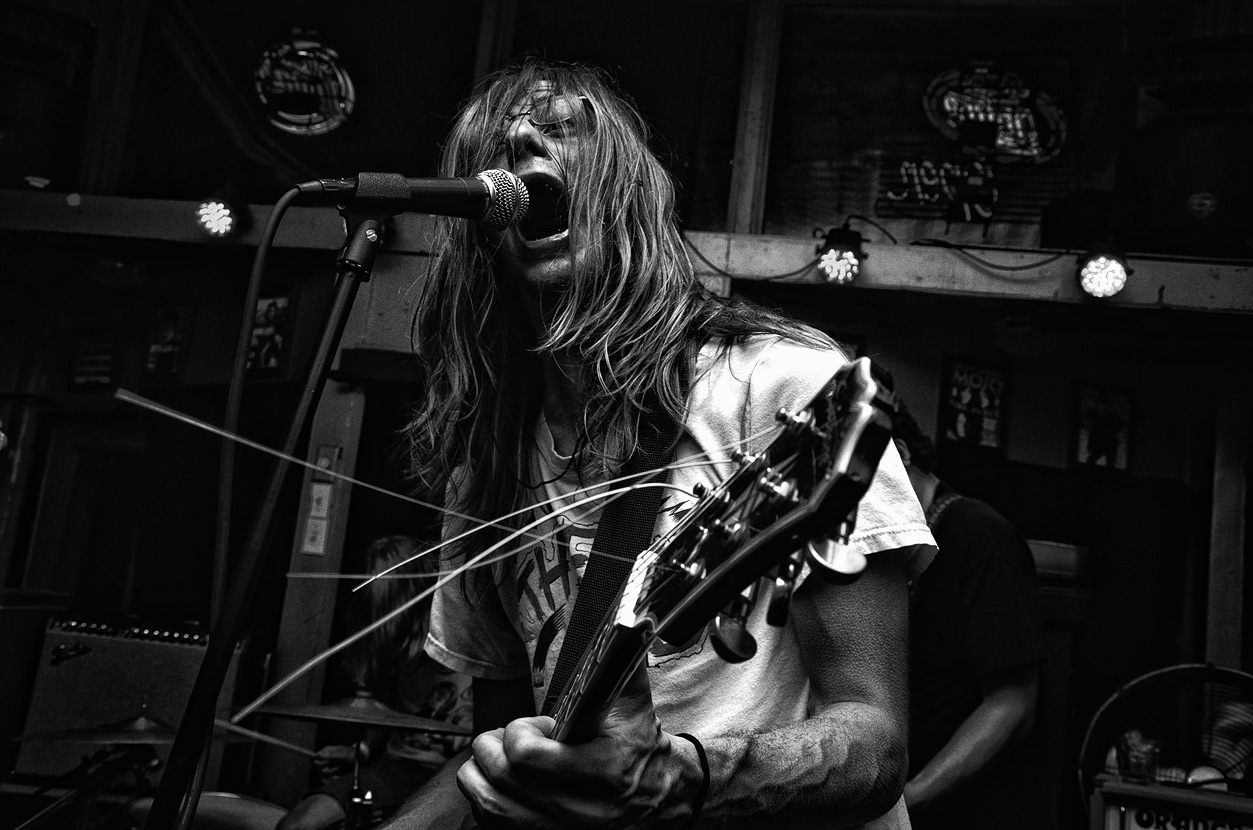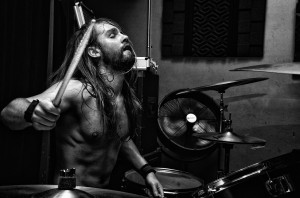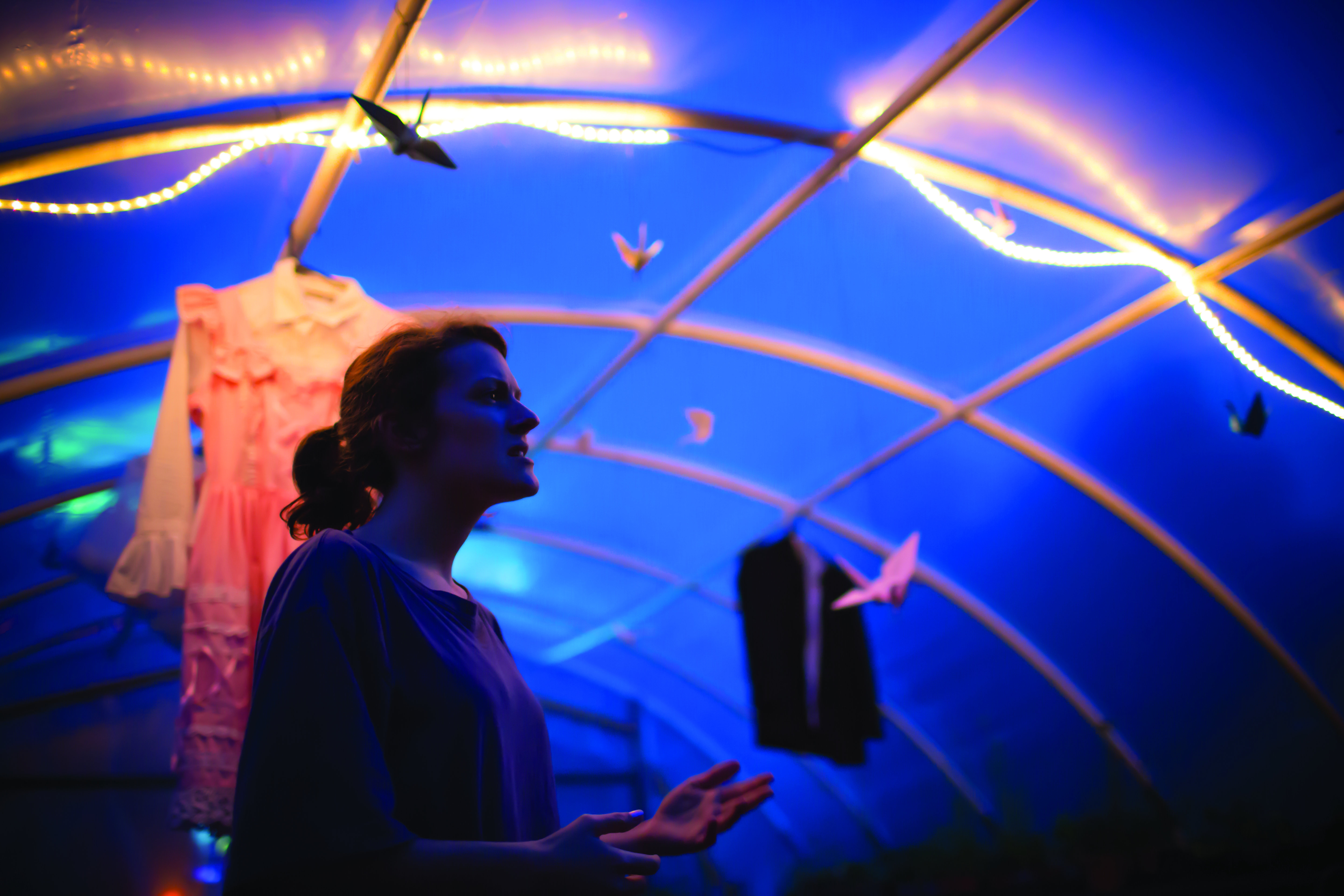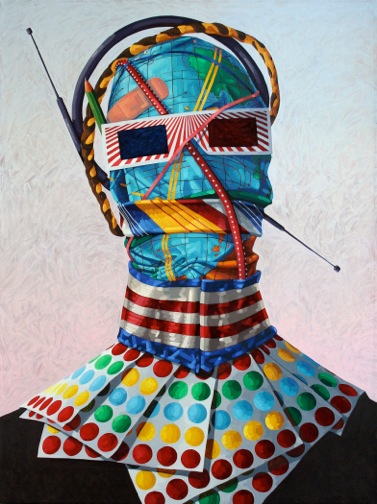THE FIERCE INDEPENDENCE OF JOHN MOORE: Photographer to release “A Year in the Life” book on J.R.’s Lightbulb Club

WORDS / NICOLE CAGLE
PHOTOS / JOHN MOORE
John Moore may be a self-taught artist and photographer from the Delta but as the creative eye behind Noir33, he’s proven his talents in illustration, writing, graphic design, and photography in Northwest Arkansas for over a decade. In just a few days, during the evening hours of January 23rd, patrons of JR’s Lightbulb Club will gather to admire the Noir33 release of A Year in the Life, a 120 page book featuring black and white images of over 75 musicians during the Lightbulb Club’s 2014 live performances.
Noir33 is the online assembly and fabrication of John Moore’s digital portfolio. The Idle Class recently had the opportunity to discuss how Noir33 and A Year in the Life came to be with him.
Photography is obviously a passion of yours. How did you get involved with photography?
My first experience was with my grandmother’s 126 Kodak box camera. It fascinated me that you could stop time. During the 1970’s, film and processing were not cheap (not to mention having to drive 20 miles and wait more than three weeks to see your photographs). In a way, the camera was seen as some magical object that you rarely were allowed to play with. Later in my youth, being a bit of a social outcast, I preferred to study people rather than interact with them. Photography was more of a social experiment than an art to me.
 When did you start capturing Northwest Arkansas with your camera?
When did you start capturing Northwest Arkansas with your camera?
I was born outside of Rosedale, Mississippi, in the Delta region to blue collar German and Irish immigrants. I grew up in a typical southern environment where I was exposed to mostly gospel and country music. Later I moved to a small town in Northwest Arkansas where I sang in a couple of bands and started doing graphic design for bands creating stickers and Xerox copies of show/event posters during the 1980’s. I spent the 1990’s in Denver, Colorado as a production assistant for two of the largest music producers in the country working with local and national bands. When I returned to NWA in the early 2000’s I moved to Fayetteville and got involved once again producing hundreds of gig art and packaging designs. In late 2006, I picked up a rangefinder film camera at a thrift store and shot Fayetteville’s underground music scene (Bike City, Lafayette House, Betty Joe, LaLaLand, Wilson Avenue, New Deli House, The Dart Room, OPO, Happy Hollow, The old Maxine’s Tap Room and more) for the next 5 years amassing over 15,000 frames of film. It was in 2012 when I dropped out of the scene looking to get involved in other ventures and take better care of myself due to being diagnosed with Parkinson’s disease.
Are there any specific influences on your work?
It is cliché but back in the day, there was no Internet and the television only had several channels. I hate to burst anyone’s bubble that I wasn’t influenced by some east or west coast highbrow art or punk scene but, the truth of the matter, we had no access to material like that. Times were different. You would go down to the local book shop or grocery store and pick up Hit Parade, Circus and Creem magazines. Ross Halfin, Neil Zlozower, Robert Ellis and Chris Walter were the first people I can remember. Later, we were fortunate enough to have a guy named Kurt Conrad open a small record shop and he introduced us to Kerrang (Britain) and Music Life (Japan). It was through Music Life that I first learned of photographer Koh Hasebe. During the 1980’s, I can recall paying 20 dollars or more for Japanese import books of music photography (Metal Age, Metal Shots and HM photo book) that were only obtainable through mail order catalogs. And honestly, after seeing Angus Young (AC/DC) in the early and mid-80s, he made me want to shoot live music.
Is this your first book? If yes, can describe the selection process or why you wanted to feature photos from JR’s Lightbulb Club?
Photography book, yes. JR’s was familiar. By not being on social media for close to five years, I didn’t have the desire or resources to find the latest “hot spot” and, more or less, was out of the loop. Besides, most of the bands playing house parties and what not are probably playing the club as well. Lighting plays another large factor and so many places in Fayetteville are not conducive to what I do. The Lightbulb Club allows you to be up close and personal with the acts performing, which shows in the finished photographs. I don’t like standing at a distance and shooting, it’s impersonal and lacks soul.
How did you go about getting A Year in the Life published and funded?
The book is self-published and I funded the project myself. Being fiercely independent, I am a strong believer in the power of the individual. “Collectives” and such might work for others but not for me. From a very young age, we were taught to be self-sufficient. The Delta region of Mississippi was one of the most poverty-stricken areas in the country and people had no choice but to make the best of what they had and do for you. It just wasn’t a principle; it is a way of life. At the end-of-the-day, you get a real sense of accomplishment and, in the long run, you feel much better about your work.
“I am not limited in any way and always up for a challenge. Anything is possible; from clothing design, packaging, book covers, and much more.” – John Moore
What is your favorite thing about being a photographer?
That is a difficult question. Over the years, you meet a lot of people. Some of them are real, “stand up” folks. By getting to know them, it sort of restores your faith in humanity a little. I guess the other aspect is that, while shooting, for a brief moment you don’t have to think. You can let the moment take over and just be. I call it “being there.”
Which do you prefer: Digital or Film?
I had purchased a digital camera in late 2012 and it set on the shelf for a while. The choice to shoot digital over film was financial and experimental. In the past, my method of shooting was determined by the limitations of the equipment. During the film days, you would use two or three different flashes, of varying power that corresponded to the size of the room, and then use film speeds to determine the shot. Since my old camera had no options to control aperture, focal lengths, or shutter speed, the flash was set to full power and exposure was determined by ISO. With digital, you have complete control. It really is amazing. Digital has made it too easy. In fact, it has almost completely taken the challenge out of it. All that is left is timing the shot. I am the biggest proponent of “it’s not the camera but the person behind it” but at the same time, you have no excuses with the advancement of cameras in this day and age.
Is there anything you would like to mention about A Year in the Life?
I was grateful to have Roger Barrett do a foreword to this book. Without it, it would not be the same. There is no “artsy-fartsy” graphic design or layout to this book. It is no-nonsense and to the point. Photographs were chosen by two factors; quality and a balanced representation of the bands that played through the year.
People have voiced some concern about the book being in a limited amount of copies. If it sells out at the show, I will have handbills that will direct people to a purchase page online. Although, due to single print and shipping, they will be considerably higher in price when purchased online. This option will also be for a limited time.
VISIT: NOIR33.COM





1 comment
Pingback let the good times roll…